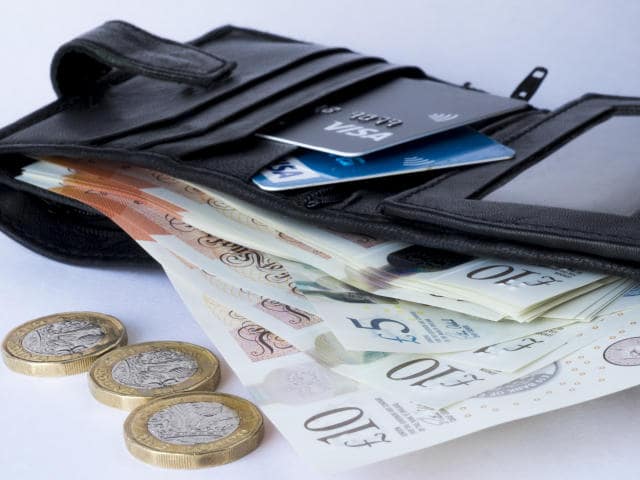Election night 2008 was a historical night. Barrack Obama came to be the very first African American President-Elect of the USA. Crowds in America as well as around the world enjoyed his cutting-edge election as this 44th Head Of State of the United States. On this exact same night, groundbreaking modern technology was used to report election evening insurance coverage too.
As this significant initial in American background took place, a very first in American information technology occurred as well. CNN reporter Jessica Yelin became the first television support to show up in the studio, not in person, yet as a hologram. During CNN’s political election evening reporting a holographic 3D, 360 level photo of Yelin in Chicago was “sent” to CNN’s election center in New york city. During election evening protection, it looked as if she was a “genuine” part of the information protection from the New York studio.
Modern technology has actually been generally utilized on the road to the White House. For many years political celebrations and also powerbrokers have actually had the ability to make use of e-mail to reach large audiences. This year we saw modern technology utilized in brand-new methods throughout the election beginning with “text” from Head of state -Elect Barak Obama introducing his Vice Presidential candidacy. Entire cable networks were acquired to broadcast a prospect’s platform and finally on election night we witnessed the introduction of a holographic news anchor to walk the United States through the election night procedure.
Exactly how did CNN produce the hologram?
CNN used 35 HD electronic cameras firing different shots at various angles. The shots were synchronized with the cameras in New York. Twenty computers were used to process to refine the data. Many people’s very first response was that this hologram press reporter was something right out of Star Trek. That’s specifically what John Chambers was aiming for. John Chambers, of Cisco Equipments as well as Martin De Beer of Emerging Modern technology made this Star Trek-like hologram a television reality.
Holographic news anchors have not yet become commonplace yet already there is much enjoyment and also conjecture about the feasible uses of holographic images for virtual presentations in the future.
Where will we see holographic imagery and digital discussions next?
– Organization Traveling: Could holograms be the following option for business travel, conferences, discussions as well as conferences? We already have web conferencing devices available, simply think just how much a lot more efficient it could be with face to virtual face contact – and just how much extra efficient.

– Education and learning: Could teachers execute talks from the convenience of their offices? Or perhaps trainees participate in courses from the convenience of their houses?
– Counseling or Medical Services: Rather than calling your specialist, therapist or various other physicians could you have a digital appointment? What takes place in the workplace go to co-pay after that?
– Leisure: Is this the following action in recreation? Could individuals in fact use this for entertainment travel? Or could it be the next new innovation for video games, taking the “Wii” system numerous steps into the future?
– Virtual Financial: Can I save myself a trip to the bank as well as complete basic services in addition to car loans as well as credit report applications as a hologram?
– Online Shopping: Can holographic imagery give digital buying a whole brand-new definition? Would certainly we move beyond the specific lane as well as self solution lanes, to digital checkouts?
With any type of new innovation, there are additionally brand-new concerns as well as concerns that arise. CNN’s holographic news anchor has actually currently mixed a pot of unanswered questions.
-That owns the picture or hologram?
-What takes place when enterprising individuals discover less expensive as well as challenging means of developing a holographic image?
-Could it be possible to catch my image and also use it for recognition, shopping, or perhaps clinical services simply to name a few?
-Could holographic photos be the next new technology in identity theft, fraudulence, or other economic crimes?
Of course brand-new technologies that provide convenience inevitably likewise come with the potential for misuse. Email brought many amazing deluxe but also increased the danger of identity theft through spam as well as phishing. The laws controlling modern technology are always waves behind the new modern technologies as they come ashore. With every better emerging technology such as a holographic image, there is a demand to not just look to the future uses, but the future risks to our security and identification that these types of brand-new technology bring. If people begin to use holographic imagery for personal purposes, will holographic identity theft be the following logical action?





